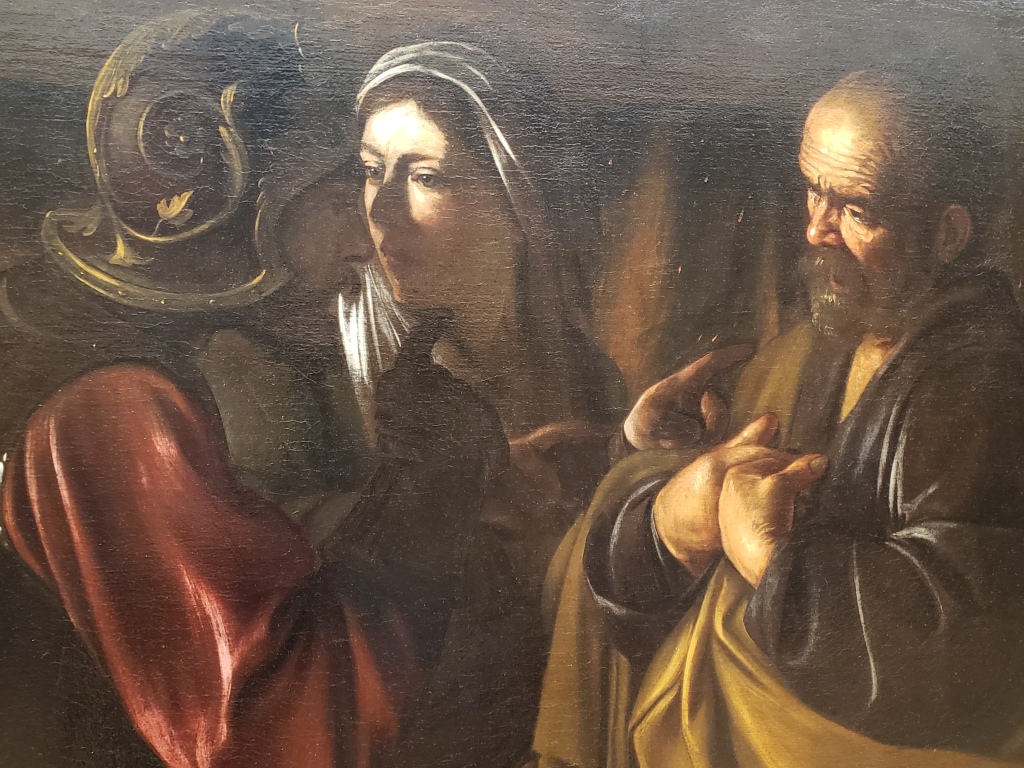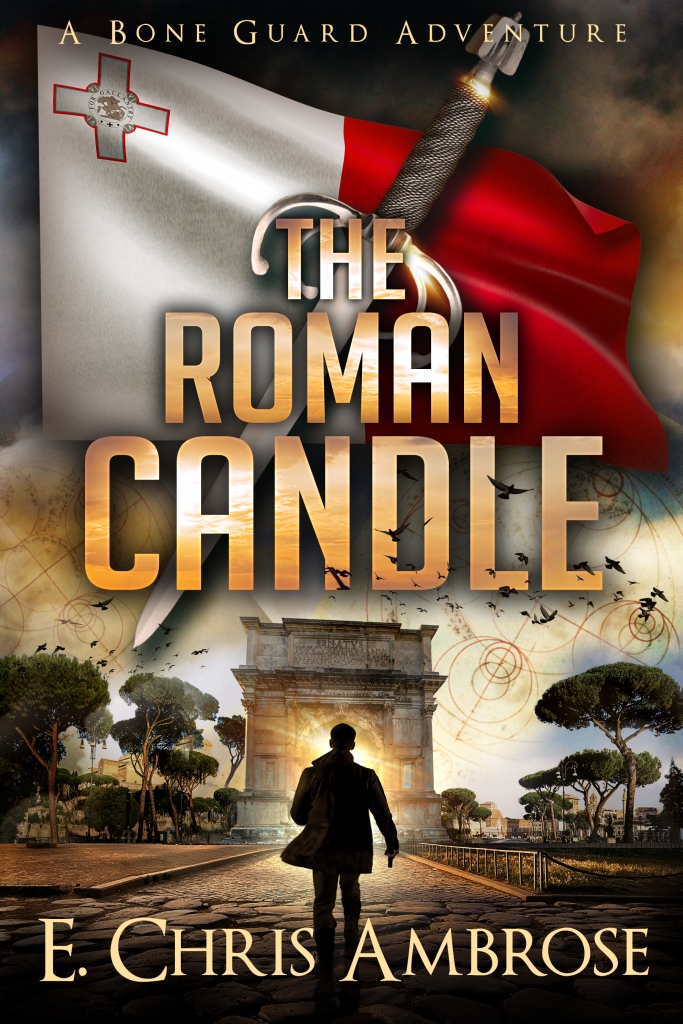
My latest release, The Roman Candle, was inspired by my interest in the Baroque artist Caravaggio (his given name is actually Michelangelo–which isn’t confusing at all!)
Born in 1571 in Milan, Caravaggio lost most of his family to the plague when he was just a boy. He was fortunate to have local patrons who took an interest in himself and his brother, enabling him to find work and take an apprenticeship with a fresco artist. He moved to Rome as a young man, to expand his potential as an artist, but his volatile personality made him hard to work with.
The dramatic lighting and compositions of his work brought some commissions, but as often as not, they were rescinded when he delivered portrayals of saints and martyrs as if they were not divine beings, but people of flesh and blood–wrinkled, grubby, and wholly human. Many of his models came straight from the street, including, notoriously, a few prostitutes who served to represent the Virgin Mary. One could see why some churches rejected the works they had commissioned.
As his daring style swept the art world. he garnered a reputation as a brawler, with numerous arrests for offenses as varied as wearing a sword after dark and hurling a plate of artichokes at a hapless waiter. Eventually, one of his spats turned murderous, and he was forced to flee the city. Fortunately, his artistic reputation gave him a home in Naples, then as a knight of St. John on Malta–where, inevitably, it seems, he fought again and escaped his confinement to Sicily and Naples once more. The whole time, he painted some of the most indelible images in Italian art. He had a penchant for portraying beheadings, in particular–including at least two that are his own head!
His misbehavior caught up with him in Naples where an ambush left him grievously wounded just as he received word of a possible Papal pardon that would enable him to return to Rome. Together with a three paintings, he set sail, only to be detained again along the voyage, and ultimately die of a fever, never to reach Rome again. The year was 1610, and he was only 39 years old.
Two of the paintings he sailed with have been located…and the third was never found.
The Roman Candle: A missing masterpiece points the way to a treasure lost since the fall of Rome! Now available wherever books are sold!

